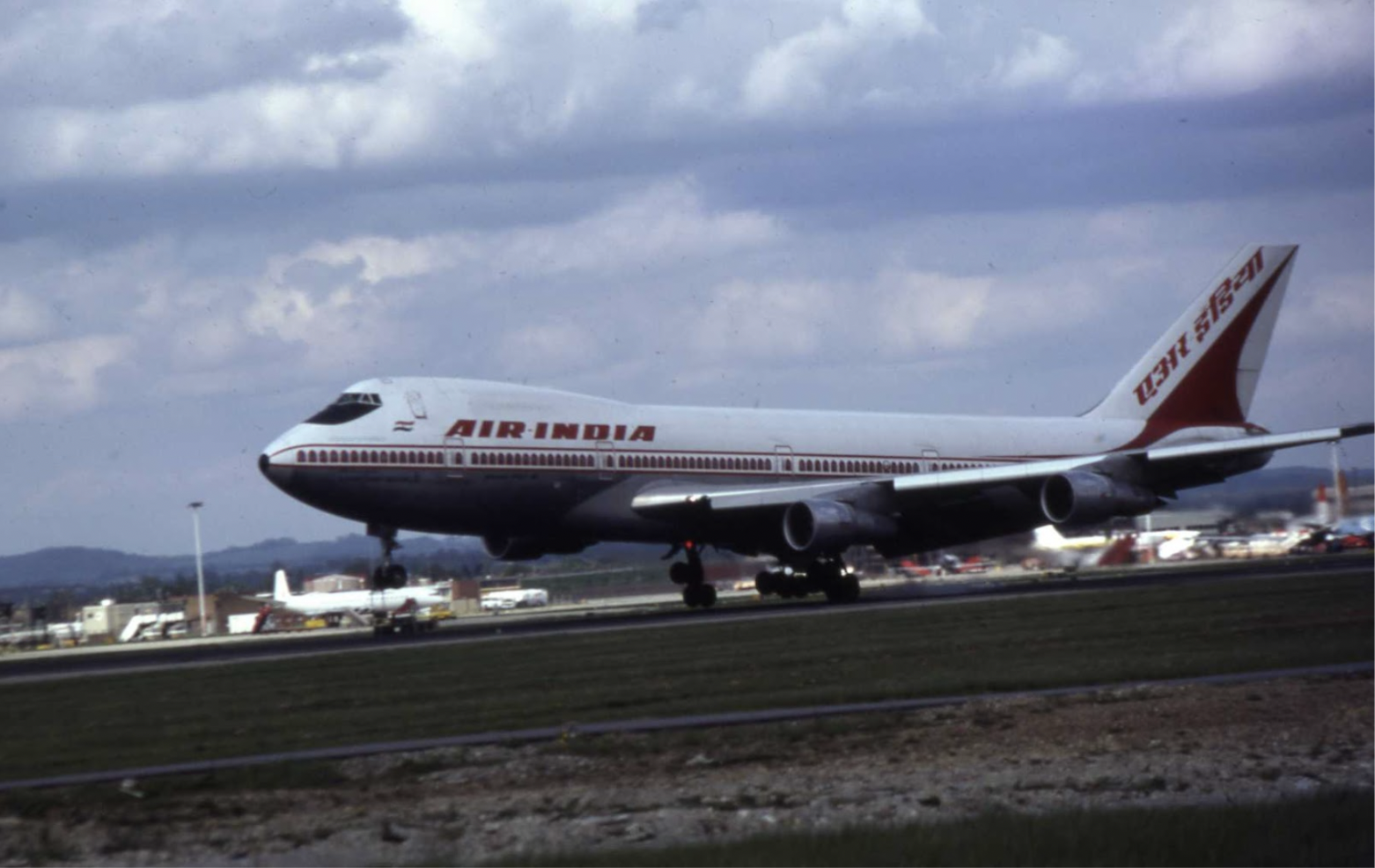Air travel is a monumental testament to human ingenuity and innovation, arguably one of the most outstanding achievements in our history. The ability to traverse vast continents in mere hours represents an extraordinary leap forward, transforming how we connect, explore, and conduct business globally. This incredible feat showcases the remarkable advancements in engineering and technology and embodies the relentless human spirit to push the boundaries of what is possible.
Given the relatively brief span of aviation history in the broader timeline of human achievements, our progress is nothing short of remarkable. When Orville and Wilbur Wright’s first aircraft lifted off in 1903, few could have predicted the monumental success and widespread adoption of their technology that was to follow.
The First World War witnessed the inaugural deployment of aircraft in combat, marking a significant milestone in utilizing aeroplanes for military purposes. Initially, aircraft were primarily used for reconnaissance, including observing enemy movements and mapping battlefield positions. However, as the war progressed, their role expanded to include direct combat roles such as aerial combat between pilots (dogfighting), bombing raids, and ground attack missions.

In the grand tapestry of aviation history, we’ve journeyed from the humble beginnings of analogue dials and basic instrumentation that characterized the era of the Great War to the sophisticated, cutting-edge navigation systems that define the skies of today. Modern aircraft, marvels of engineering and technology, now serve an array of critical functions — from ferrying passengers across vast oceans in mere hours to delivering goods with unprecedented speed to playing pivotal roles in national defence strategies. The complexity of these systems has evolved dramatically to meet the demands of their diverse applications.
It is a testament to the rapid pace of adoption and innovation within the aviation sector that, at any given moment, an estimated nine to ten thousand aircraft are navigating the skies above us. This figure underscores not just the reliance of modern society on air travel and transport but also the remarkable advancements in aviation technology and air traffic management that make such a feat possible. The sky, it seems, is busier than it has ever been, filled with the constant hum of aircraft crisscrossing the globe, connecting cities, countries, and continents in a web of aerial routes. Such is the incredible journey of aviation — from its nascent flights to its current status as the backbone of global connectivity.
As we marvel at the bustling activity in our skies, thousands of aircraft navigating the blue yonder at any given moment, an equally impressive feat unfolds on the ground. The rapid adoption and reliance on aviation have elevated the importance of maintaining these airborne wonders to paramount levels. Ensuring that every component of an aircraft is meticulously serviced, repaired, and maintained so that it performs at its peak is not just a priority; it is an absolute necessity.
But beneath the surface of this mechanical ballet lies a cornerstone critical to the entire operation: technical documentation. This unsung hero of the aviation world ensures that every intricate detail of an aircraft’s system is maintained to the highest standards. Technical writers provide the foundation for air travel’s safety, efficiency, and reliability through comprehensive manuals, detailed maintenance guides, and rigorous standards documentation.
So, why has documentation become so critical in the aviation industry? It’s not just about keeping planes in the air; it’s about ensuring passengers’ safety, cargo delivery reliability, and nations’ defence capabilities. Let’s dive deeper into the pivotal role that Technical Documentation plays in the complex, dynamic world of aviation.
Deciphering the Maze
In the world of aviation, where each aircraft is a symphony of millions of moving parts and a maze of electrical circuitry, keeping a tab on every single element can seem insurmountable. Imagine the meticulous detail required to track, maintain, and repair each cog in this vast mechanical universe. The solution? A masterstroke of organization known as the ATA numbering system conceived by the Federal Aviation Administration (FAA).
This clever system breaks down the entirety of an aircraft’s crucial components into 100 neatly defined categories. Each category is assigned a specific number, turning what could be an avalanche of information into a neatly organized, accessible structure. Below, we’ve provided a snapshot of this numbering system for a quick overview. And for those hungry for knowledge, the complete list is just a click away, ready to satisfy your curiosity and streamline your understanding of the intricacies of aircraft systems.
| Chapter | Title |
| ATA 21 | Air Conditioning |
| ATA 22 | Auto Flight |
| ATA 23 | Communications |
| ATA 24 | Electrical Power |
| ATA 25 | Equipment/Furnishing |
| ATA 26 | Fire Protection |
| ATA 27 | Flight Controls |
Evolution through the Ages
Embarking on a journey through the evolution of aviation documentation reveals a landscape transformed by the convergence of standardization and technological innovation. Right from the rudimentary hard copy documentation in the 60s to the magnificent digital information architecture today, it is a journey marked by continuous innovation and an unwavering commitment to precision and clarity. Let’s take a look at all the different standards that have transformed the way we consume documentation.
ATA Spec 100
It is a tale that begins in the 1960s with the inception of ATA Spec 100, a pioneering hard copy framework that introduced order to the myriad technical manuals like the Aircraft Maintenance Manual (AMM), Component Maintenance Manual (CMM), Illustrated Parts Catalog (IPC) etc. with its logical numbering of chapters. This was the dawn of a new era, where information was meticulously categorized, paving the way for an industry-wide lingua franca that streamlined maintenance and repairs.
ATA Spec 2100
As the wheels of technology turned, the 1990s witnessed the birth of ATA Spec 2100. With an eye towards the future, this standard took the baton from its predecessor, enhancing the structure of technical documentation. It was an era where the industry flirted with the possibilities of digitization, setting the scene for an impending digital revolution in technical documentation.
ATA iSpec 2200
The new millennium heralded the arrival of ATA iSpec 2200, a standard that embraced the digital tide with open arms. It was a transformative epoch that bid adieu to the confines of paper and welcomed interactive digital manuals complete with hyperlinks and multimedia capabilities. Here, the maintenance technician’s toolkit evolved from a library of hefty manuals to sleek, portable tablets teeming with interactive schematics and searchable text.
S1000D
Then, in a stride that crossed industry boundaries, S1000D emerged, transcending the aviation sector to become an internationally recognized standard. This was not just an update but a radical reimagining of technical publications. It broke down information into interchangeable, reusable data modules fit for the nimble demands of the aerospace, defence, and transportation industries alike. The S1000D standard doesn’t just communicate information; it’s an immersive, modular, and dynamic information experience that reshapes how we understand and interact with complex technical data.
From the structured chapters of ATA Spec 100 to the interactive data modules of S1000D, the progression of documentation standards tells a story of adaptation and advancement. It reflects the aviation industry’s relentless pursuit of excellence, ensuring that the vital knowledge that keeps us soaring high is conveyed with the utmost fidelity and efficiency. This journey through time celebrates the milestones that have marked the evolution of aviation documentation, showcasing the industry’s enduring spirit of innovation.

The Challenges
In the high-stakes realm of the Aerospace and Defence industry, where cutting-edge innovation meets rigorous precision, the task of crafting technical documentation is fraught with challenges. This is a world where every detail matters, and the margin for error is virtually nonexistent. Let us delve into the intricate dance of complexities and constraints that shape the creation and management of technical documentation in this sector.
Navigating the Complexity Maze: Imagine trying to distill the essence of systems so complex they seem to defy comprehension into documents that are both accurate and understandable. This is the daily puzzle faced by Technical Writers, as they translate the intricacies of aerospace and defence technologies into clear, actionable information.
The Compliance Tightrope: Straddling the line of regulatory compliance is a high-wire act. In an industry governed by stringent standards, ensuring that every piece of documentation adheres to a myriad of regulations is not just crucial for legal compliance; it’s a cornerstone of operational safety.
Bridging the Language Divide: Spanning across continents and embracing a workforce of unparalleled diversity, the aerospace and defence sector confronts the critical need for standardized, universally understood documentation. This challenge, intrinsic to its global operations, underscores the vital necessity for a shared language. The pursuit of Simplified Technical English emerges as a beacon in this quest, symbolizing an enduring march towards greater clarity and mutual comprehension.
Keeping Pace with Innovation: As the frontiers of technology continue to expand at breakneck speed, the race to keep documentation in sync with the latest advancements is relentless. This constant flux demands agility and foresight, ensuring the knowledge base is as current as the technology it describes.
Fostering Seamless Collaboration: In an era where projects span continents and involve a constellation of stakeholders, ensuring that technical documentation can be shared and understood across diverse systems and formats is pivotal. It’s about creating a lingua franca for data exchange, one that transcends borders and disciplines.
Guarding the Gates: In the cloak-and-dagger world of aerospace and defence, where secrets can be as valuable as the technologies they protect, securing sensitive documentation against prying eyes and cyber threats is paramount. It’s a digital fortress that must be both impregnable and accessible to those who hold the keys.
Empowering Through Knowledge: At its heart, technical documentation is about empowerment. It’s about making complex systems usable, transforming the arcane into the actionable. Crafting user-friendly documentation is as much an art as it is a science, enabling personnel across the spectrum of expertise to operate with confidence and precision.
The Lifecycle Labyrinth: From cradle to grave, managing the lifecycle of technical documentation is a complex venture. It’s about ensuring that vital information evolves with the systems it describes, remaining relevant and accessible across decades of service.
Balancing Act: Amidst all these challenges, the spectre of cost looms large. High-quality technical documentation is an investment in safety and efficiency, but it comes at a price. Navigating the fiscal constraints without compromising on the integrity of the documentation is the ultimate balancing act.
In the Aviation industry, creating and managing technical documentation is a saga of overcoming challenges through innovation, collaboration, and a steadfast commitment to excellence. It’s a testament to the industry’s unwavering pursuit of safety, precision, and progress, one page at a time.
Conclusion
As we close the chapter on the exploration of Technical Documentation in the Aerospace and Defence industry, it’s evident that the challenges are as vast as the skies these technologies seek to conquer. Yet, the industry’s response to these hurdles is a powerful reminder of human ingenuity and the collective resolve to push the boundaries of what’s possible. Through the meticulous crafting of technical documentation, the sector not only ensures the safe and efficient operation of its marvels but also upholds the highest standards of global collaboration and security.
Looking ahead, the journey of innovation in documentation is far from complete. With the advent of emerging technologies like AI, blockchain, and augmented reality, the future holds untold possibilities for further transforming technical documentation. These advancements promise to enhance accessibility, improve security, and streamline compliance, ultimately paving the way for a new aerospace and defence operations era. As we stand on the precipice of this exciting frontier, one thing is clear: the spirit of exploration and excellence that has defined the industry will continue to guide its evolution, ensuring that the sky is not the limit but just the beginning.
Read also: The Evolution of Technical Writing





